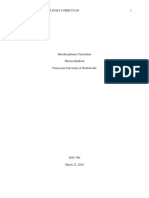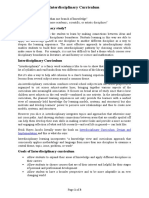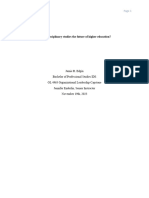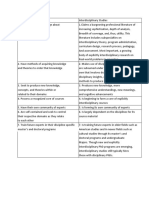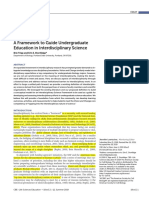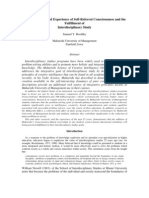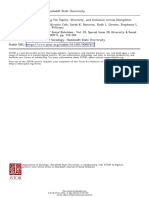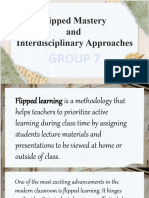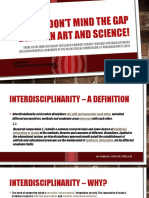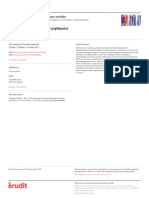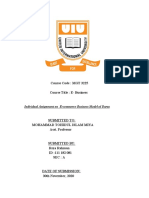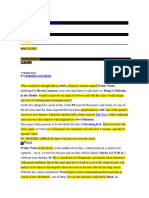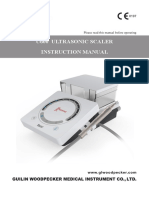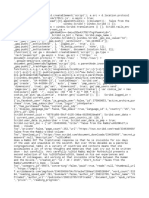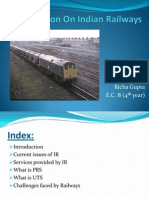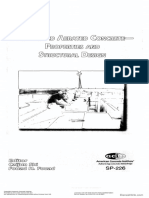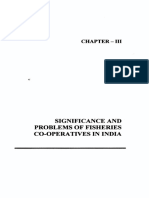Professors for the Future, 2013-2014
PFTF Fellow: Jamiella Brooks
Program: French
Major Professor: Moradewun Adejunmobi and Tobias Warner
Project Mentor: Sarah Perrault
Project Title: "Interdisciplinary Action: Developing Interdisciplinary
Approaches in Research and Pedagogy"
Project Summary:
Scientists do scientific work. Humanities do human culture work. Social sciences do societal
work. This image of the disciplines is not only paltry, but it draws hard and fast lines between
what our disciplines ‘should’ be doing, and what they shouldn’t. The issue at hand: many real
world problems require approaches that aren’t limited by disciplines. Furthermore, a holistic
approach strengthens our research and teaching, allowing us to think critically about how to
engage our students, our work, and ourselves in a more complex academic framework.
For my PFTF project, I developed a series of interactive workshops drawing upon the resources
of multiple disciplines to conceptualize an interdisciplinary approach, one which acknowledged
both differences and threads of resonance across disciplines. This certificate-granting, two-part
workshop series was held during Spring Quarter 2014. The first part of the workshop involved
theorizing and defining both the disciplinary and the interdisciplinary. Workshop participants
were first challenged to understand their own disciplines, and then worked outward to explore
both what separates their disciplines from others while interrogating the ties that united them.
The second workshop featured a panelist of two graduate students and two professors who
presented interdisciplinarity “on the ground” as it is realized in the classes they teach and
research they do. Additionally, I shared my findings from interviews with professors across
several academic institutions in the U.S. about their experiences, difficulties, and successes with
implementing their interdisciplinary methods in teaching and research.
As a way to synthesize and apply what was learned into a real project, participants created
interdisciplinary-based outlines of a curriculum or activity. They offered compelling, fascinating
curriculum outlines of interdisciplinary classes they would teach, including a course combining
ecology science research and journalism, and a Spanish language course
exploring socio-economic development in rural Latin American countries.
These curriculum outlines will serve the graduate students well on the job
market when they are asked to propose or develop new courses for
institutions of higher learning.
�Sample slides of the Powerpoint Presentation can be found below. Please do not reprint or revise
except by express permission from the author.
Guiding questions:
How do we make our courses
memorable? How do we reach students
from other disciplines?
What is the nature of our own disciplines?
What does ‘interdisciplinary’ actually
mean?
The “Gorilla in the Lung” problem is
described here:
http://phenomena.nationalgeographic.com
/2013/01/31/when-experts-go-blind/
It speaks to a problem called
‘methodological blindness,’ to which we
are all subject. Interdisciplinarity is one
way to broach this problem.
The definition of ‘interdisciplinarity’ is
essential to both its difficulty and its
unique strength.
Before interdisciplinarity can be
discussed, we must clarify what makes
our disciplines so unique. The differences
outlined here are vital to our
understanding of the nature of the
disciplinary bridges to be crossed.
University of California, Davis















